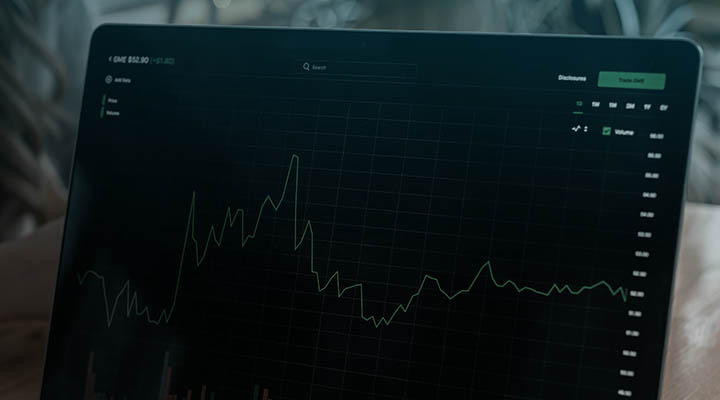Driven by global and political market changes, environmental concerns, changes in consumer behaviour, and the emergence of new and disruptive technologies, Europe’s utilities market has never before faced such a challenging operating environment.
They’re facing regulatory pressures too. Renewable targets, carbon emission reductions and price regulations are in force Europe-wide, while the G20 has implemented added regulatory requirements for players operating in member countries.
Combined, these factors have driven profound change in the utilities sector. Electricity sources have become considerably cleaner, grids are much smarter, and customers have greater choice.
This will further result in energy suppliers adopting new policies and reshaping their business models. Improved competition, operational excellence and cost-efficiency will define the future of the utilities sector, creating an environment that will, within five years, look radically different to the way it looks at the moment.
Decarbonisation
It isn’t just policymakers who are focused on a greener agenda. Many utility players are too.
Driven largely by market uncertainty, the security of supply, and volatility of global pricing, many large players are looking towards a future in renewable energy. The appeal is that these energy sources will become more affordable and reliable than their traditional rivals.
There has been a global commitment to decarbonisation. Organisations such as Tesla and Siemens are focusing on the improvements in battery storage. The recent breakthroughs in improved battery storage could demolish the main obstacle to renewable energy, thereby contributing more to energy grids.
There has been a recent rise in demand for electric vehicles. This has been spurred on by new models, falling prices, increased range, and a “cool factor” attached to these advanced technologies. Measures by car manufacturers and countries such as China, the UK, France, to incentivise electric vehicle ownership, will add further momentum.
Decentralisation
Distributed Energy Resource (DER) Penetration levels will continue to rise.
Successful deployment in DERMSs will require changes across Utility operations. Integrating DERs into electric distribution is a significant challenge and has two distinct aspects: Network management and Commodity management.
This will result in a future grid that is both predictable and responsive. One that is able to increasingly act as a balancing entity, seamlessly managing demand and response and look after asset performance in order to reduce operating costs while increasing reliability.
Utility players will be able to enhance their predictive analytics capabilities. This will boost customer knowledge and will allow firms to offer much more advanced energy management solutions.
Digitalisation
Digital transformation and disruption is already transforming the energy sector.
New technologies are being introduced to address the growth of distributed energy resources and to relieve the constraints of an overloaded and aging infrastructure. Digitalisation provides the opportunity to switch from regulated and competitive models, to more sustainable and deregulated digital models that leverage global connectivity and generate information into the wider energy market.
Driving effective IT/OT integration will be critical to enable data and operations to work together seamlessly.
By deploying AI for business and IT optimisation, Utility providers will enjoy speed and cost efficiencies, while better data processing will enable firms to improve their solutions and consumer offerings.
Digital twins, modelled on IoT data streams can improve asset performance and utilisation across multiple domains and sectors. Most digital business initiatives in the utility sector tend to be focused on digitalisation initiatives. Going forward, they will have to address and leverage current realities such as clean energy supply and the emergence of the prosumer market.
Democratisation
Blockchain has the potential to greatly disrupt the utilities sector. This will result in changes to the existing business environment, decentralisation and democratisation of legacy business processes.
With the emergence of the prosumer segment, the most significant disruption in the utility sector will be driven by energy technology consumerisation. This will challenge existing business models, so new operating models will be implemented to integrate and orchestrate the prosumer-owned distributed energy sources into the new energy markets.
Utilities companies wanting to embrace this wave of transformation will need to anticipate shifting market conditions to benefit from the new opportunities that technology brings.
The utilities industry is well into a substantial transformation. Consumers will expect to benefit from these changes, so a top priority for most energy firms will be to use digital channels, collect data in real-time, and embrace analytical data sources and collection methods. Innovation in pricing and solution offerings can result in the deployment of innovative technologies in years to come, further shaping the changing utilities market.
Published
April 29, 2024Reading time
2 minutesRelated posts





